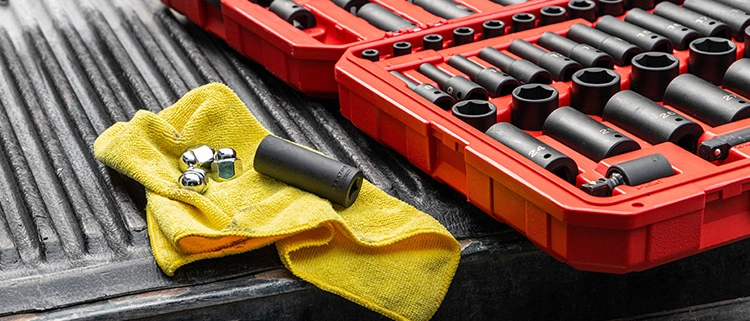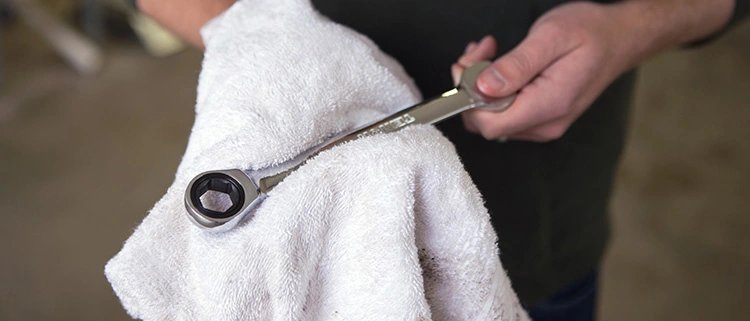Aaron: +86-18129983931
Max: +86-18922922459

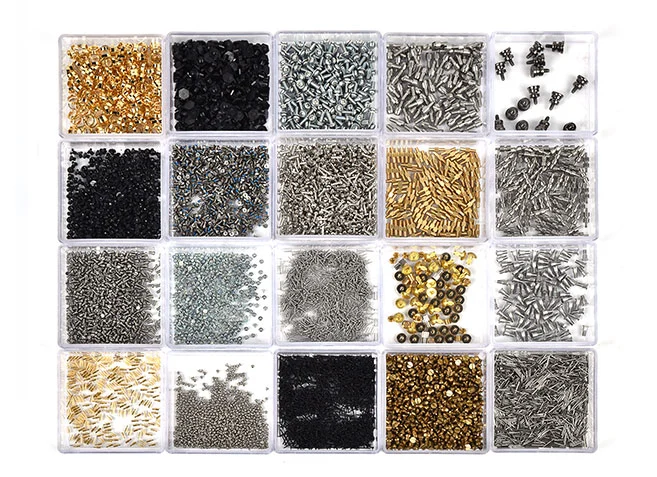 Micro Screws
Micro Screws
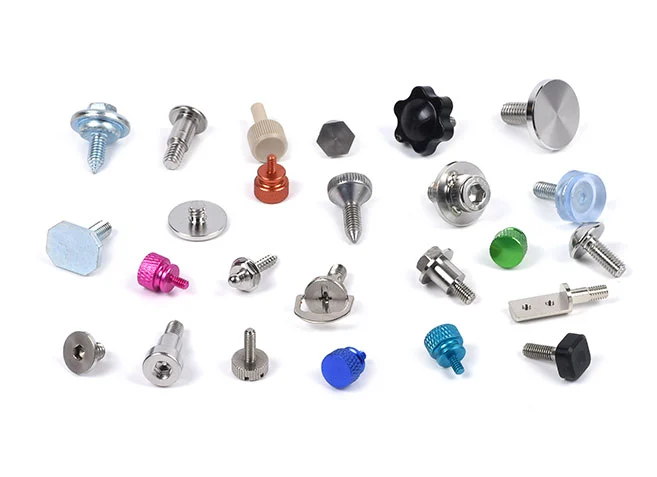 Big Head Screws
Big Head Screws
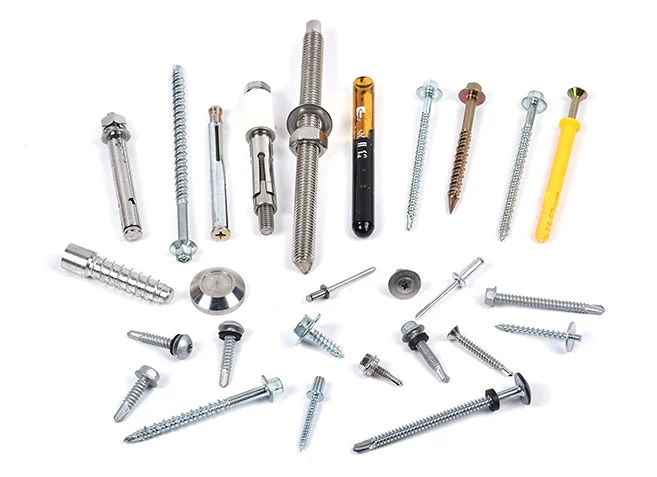 Construction Screws
Construction Screws
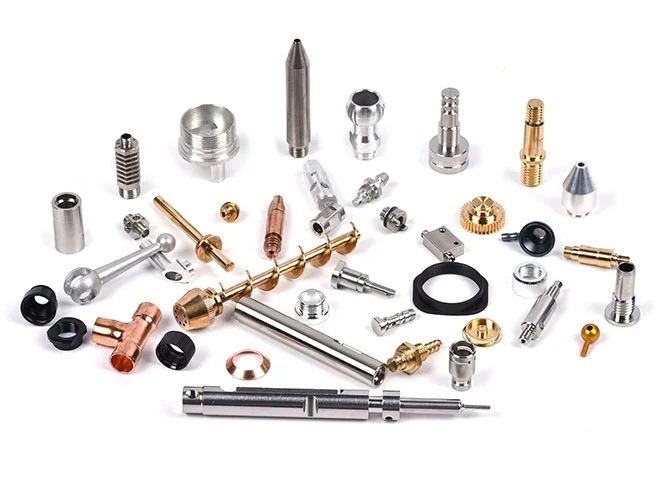 CNC Lathe Machining Parts
CNC Lathe Machining Parts
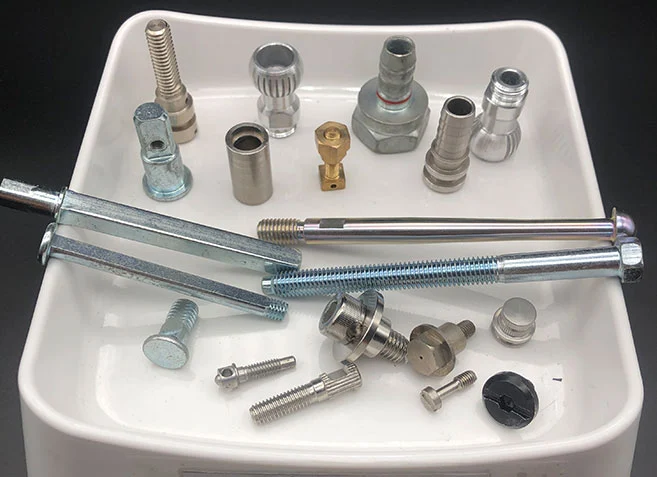 Cold Forged and Undergo Secondary Processing Products
Cold Forged and Undergo Secondary Processing Products
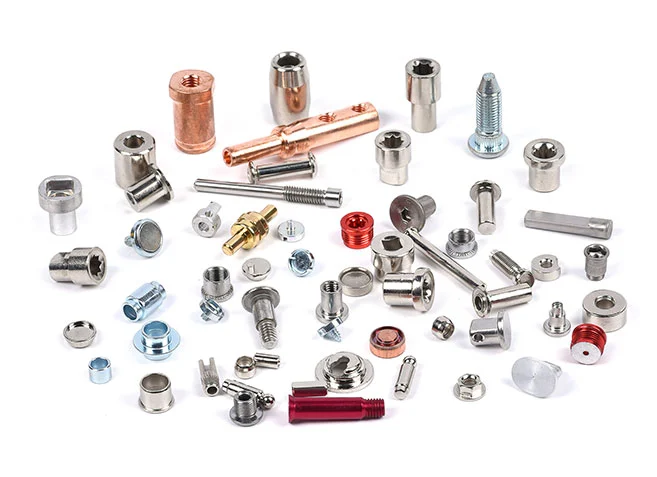 Multi Station Cold Heading Screws
Multi Station Cold Heading Screws
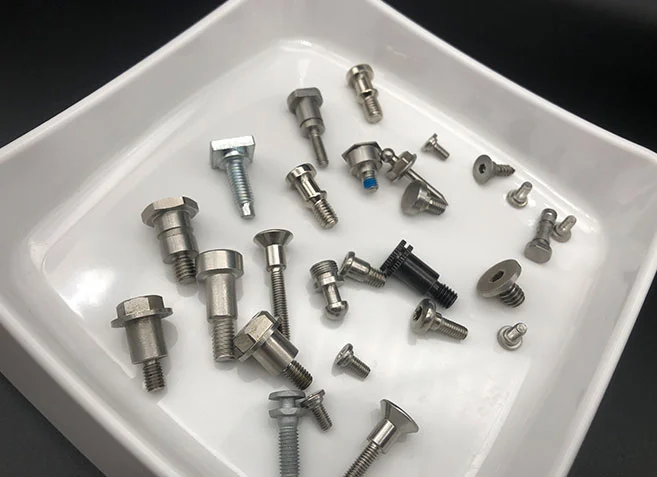 Step Screw
Step Screw
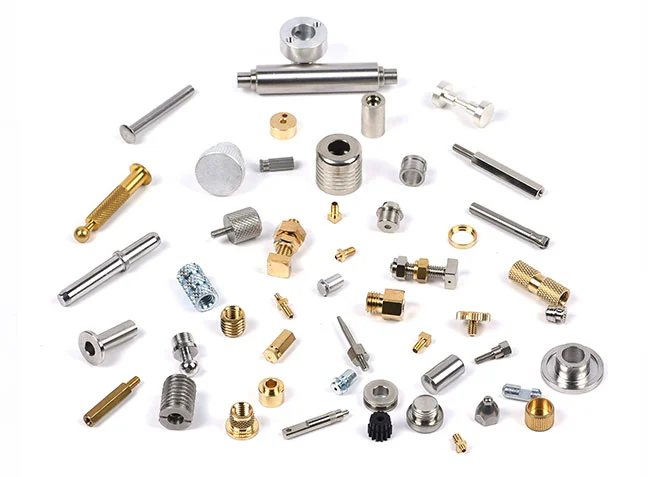 Automatic Lathe Machining Parts
Automatic Lathe Machining Parts
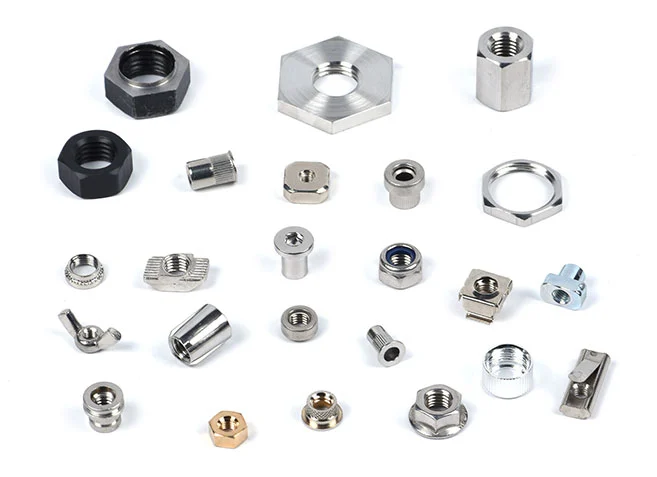 High Difficulty Challenge Cold Heading Fasteners
High Difficulty Challenge Cold Heading Fasteners
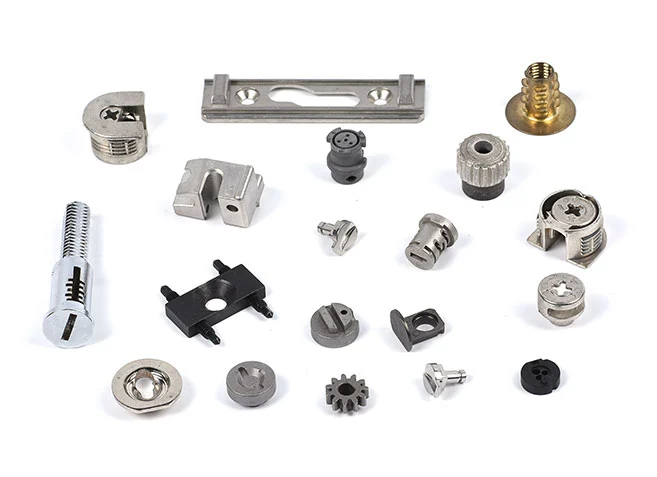 New Tech Fasteners
New Tech Fasteners
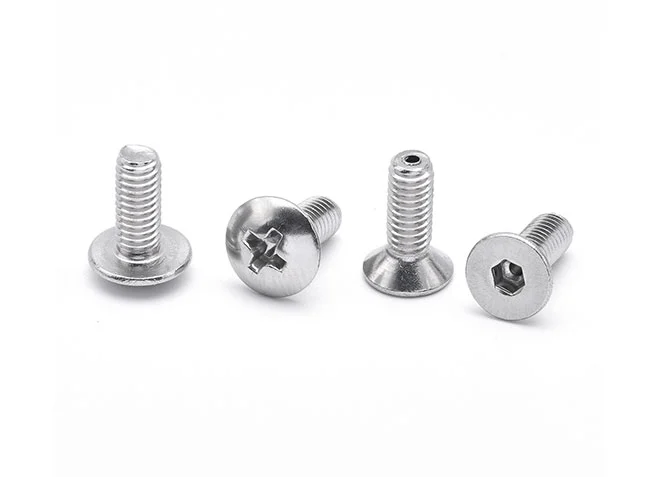 Machine Screws
Machine Screws
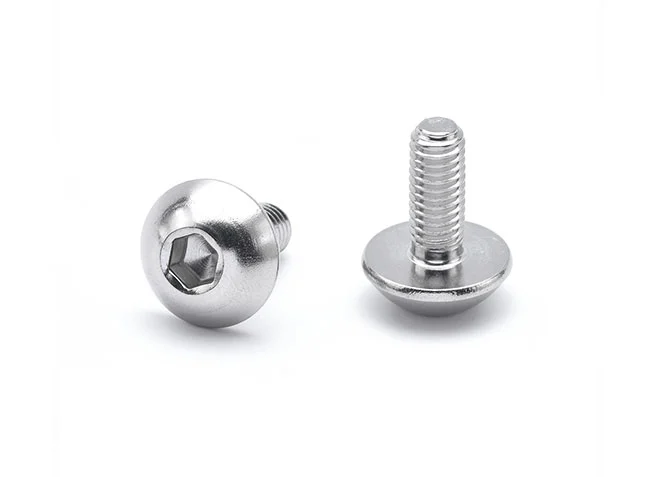 Socket Cap Screws
Socket Cap Screws
 Hexagon Socket Set Screws
Hexagon Socket Set Screws
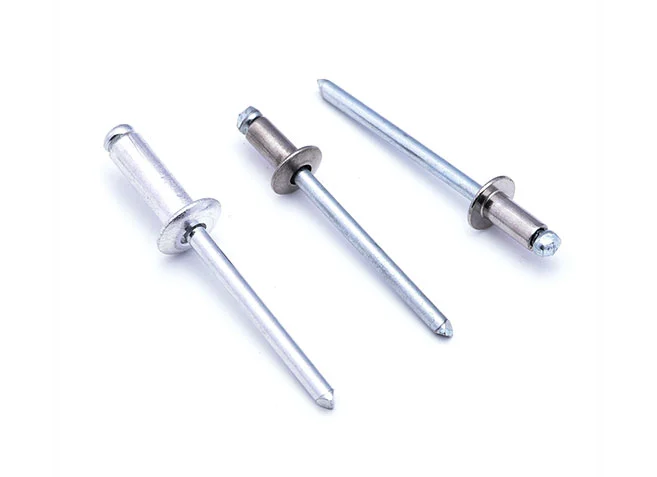 Pull Out Rivet
Pull Out Rivet
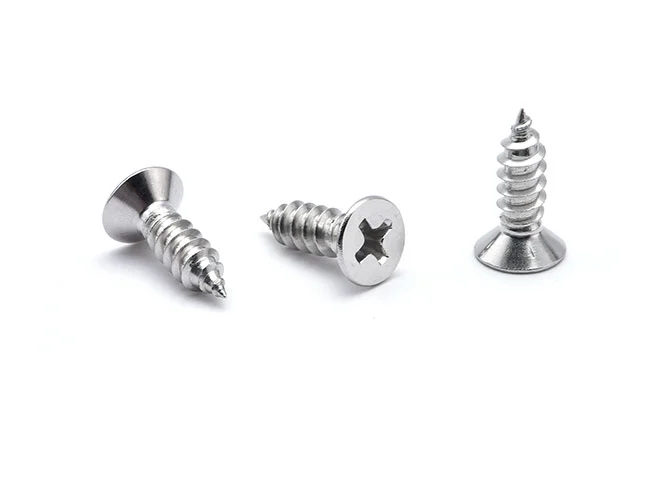 Self Tapping Screws
Self Tapping Screws
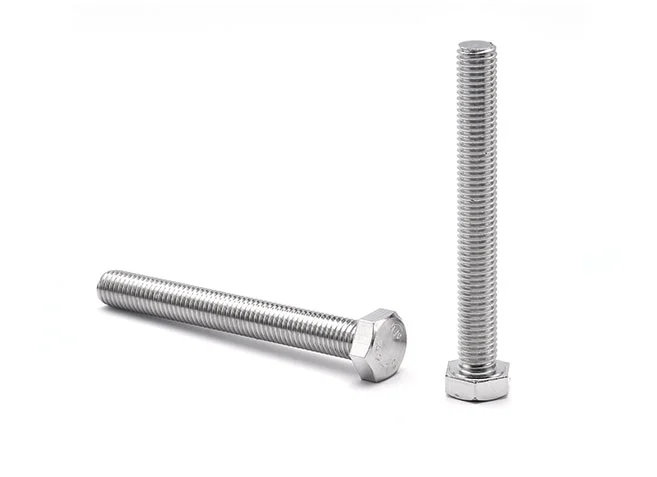 Hex Bolts
Hex Bolts
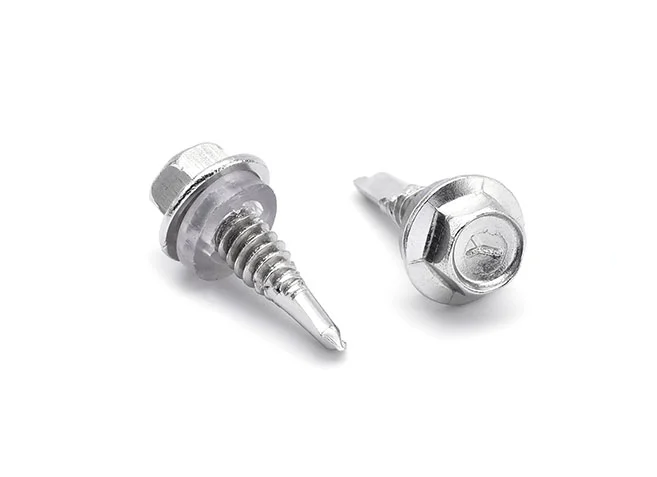 Self Drilling Screws
Self Drilling Screws
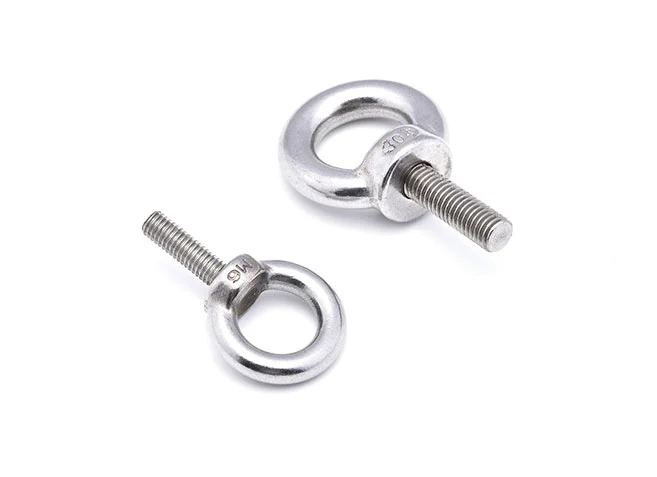 Eye Bolts
Eye Bolts
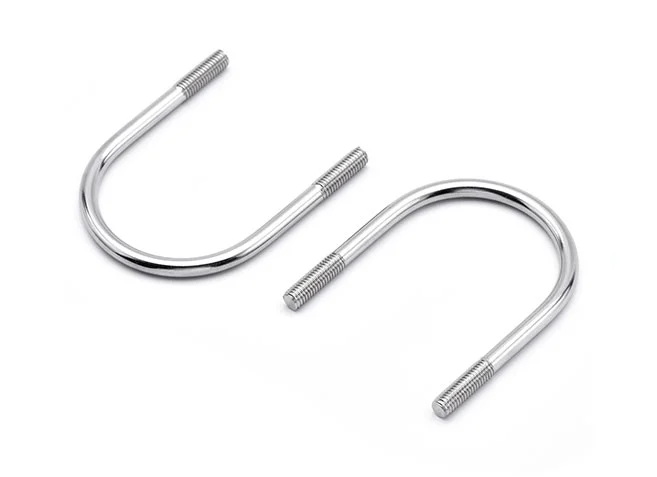 U-bolts
U-bolts
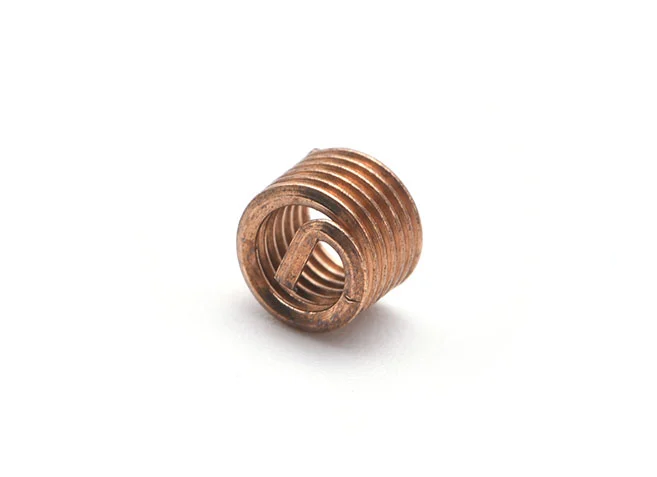 Threaded Sheath
Threaded Sheath
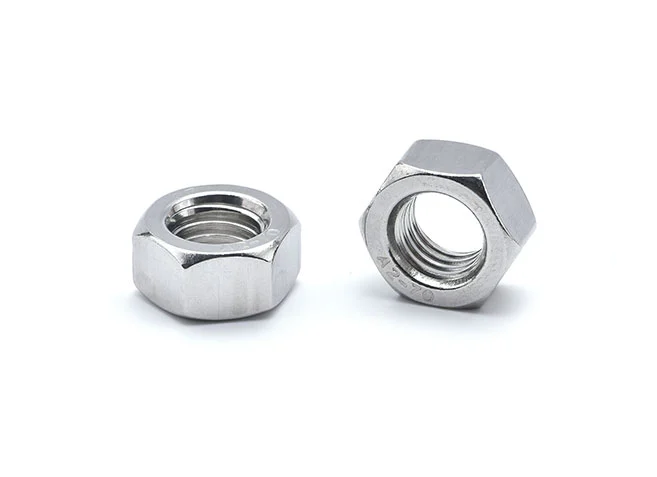 Hex Nut
Hex Nut
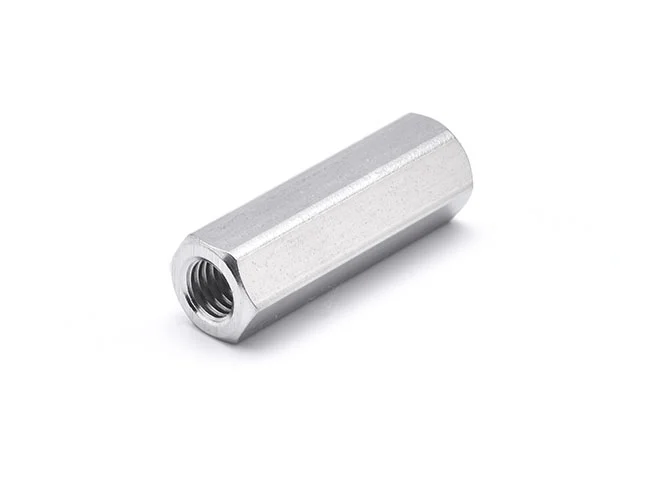 Hex Long Nut
Hex Long Nut
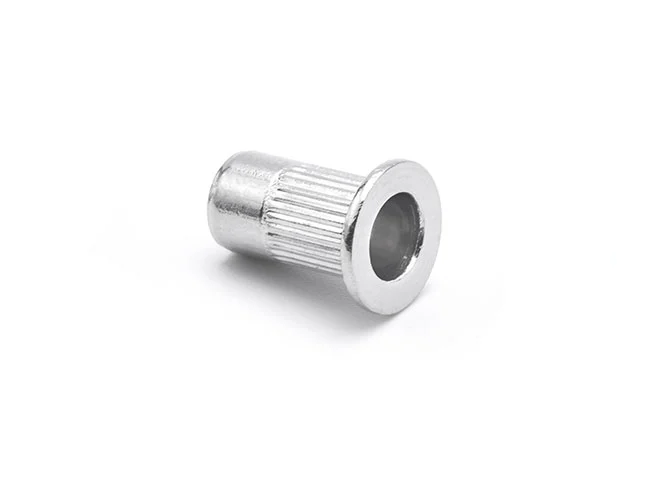 Pull Rivet Nut
Pull Rivet Nut
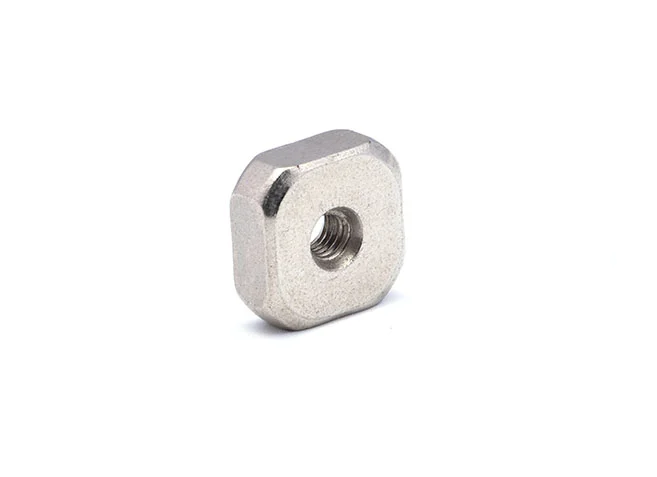 Square Nuts
Square Nuts
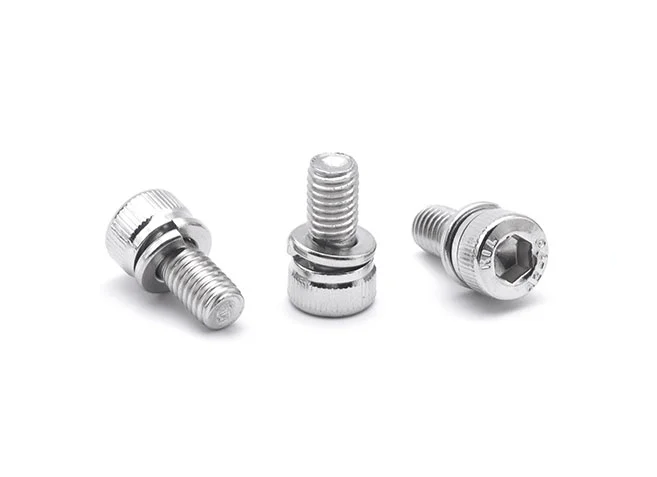 Combination Screws
Combination Screws
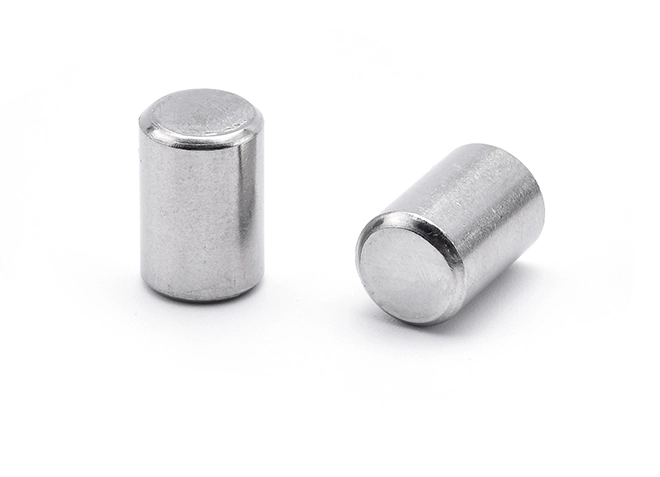 Pin
Pin
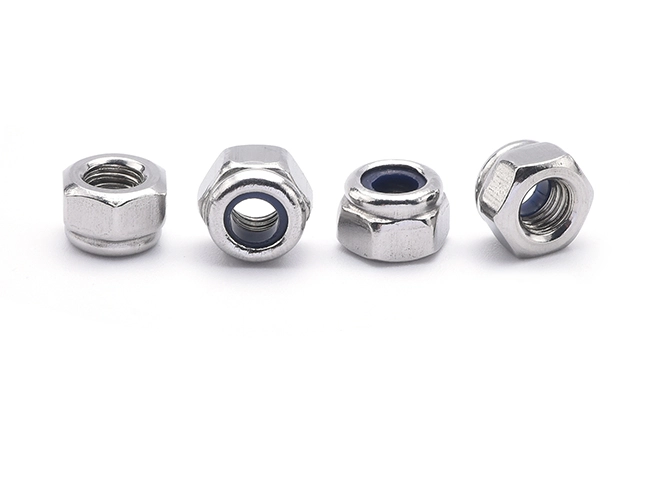 Nylon Locking Nuts
Nylon Locking Nuts
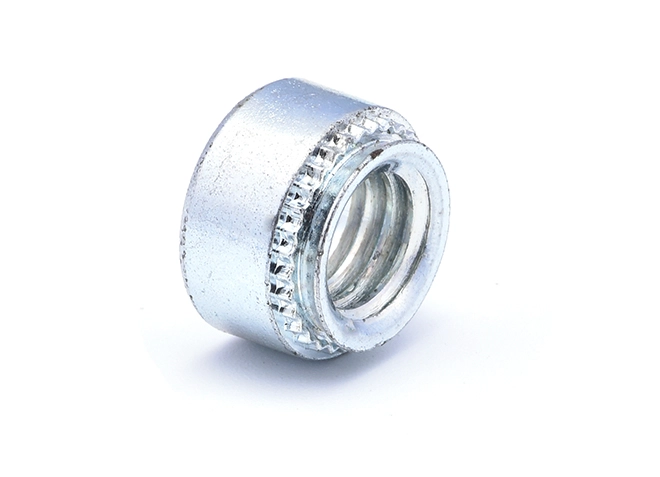 Pressure Rivet Nuts
Pressure Rivet Nuts
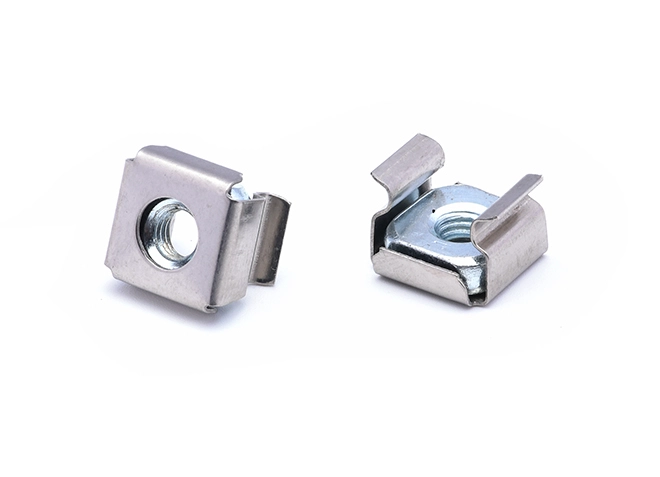 Cage Nut
Cage Nut
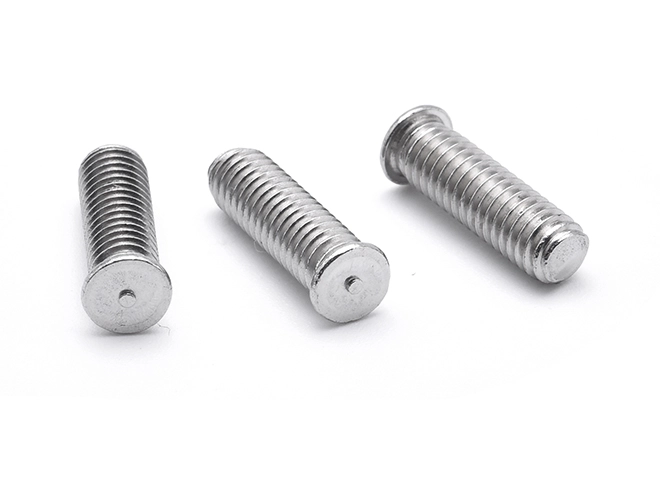 Welding Screws
Welding Screws
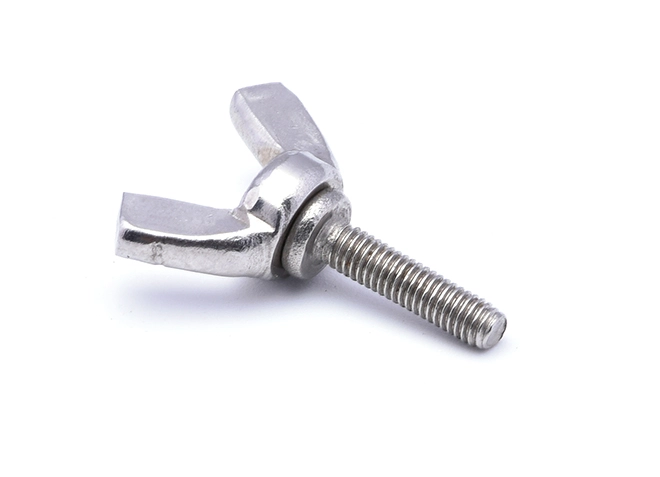 Butterfly Screw
Butterfly Screw
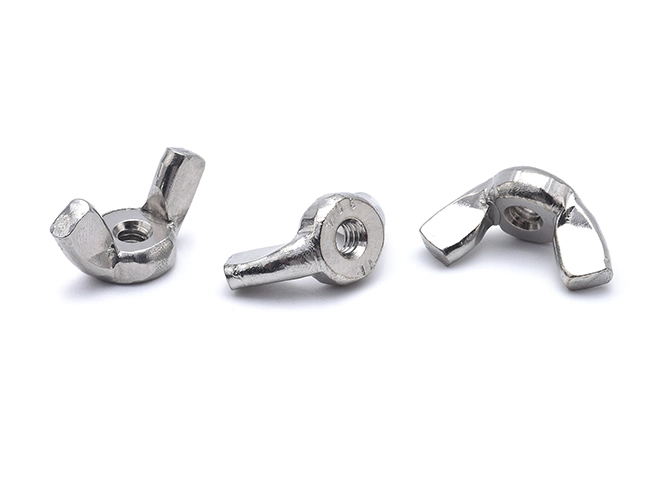 American Standard Butterfly Nut
American Standard Butterfly Nut
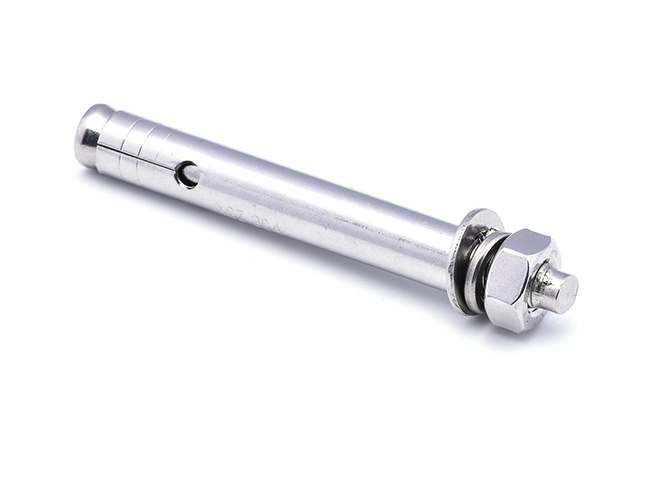 Expansion Screw
Expansion Screw
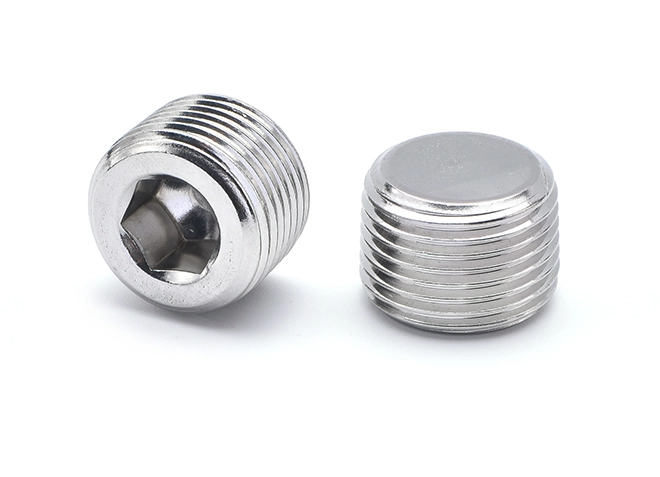 Plug Screw
Plug Screw
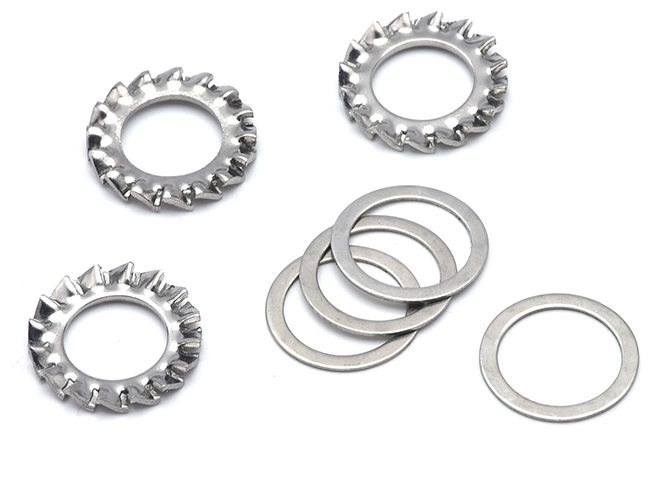 Stainless Steel Washer
Stainless Steel Washer
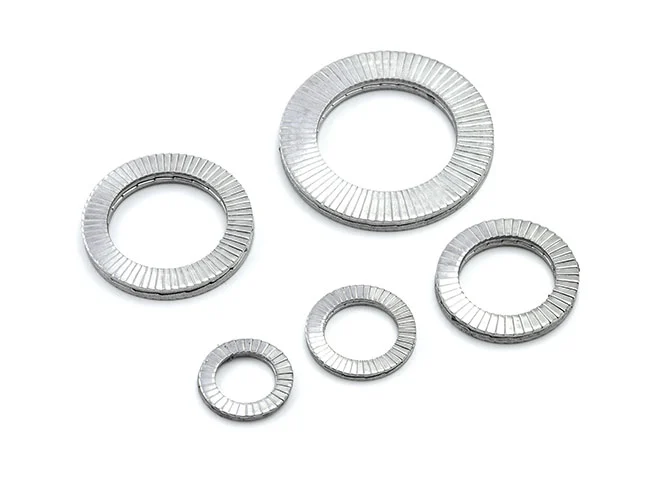 Double Overlap Anti-Loosening Washers
Double Overlap Anti-Loosening Washers
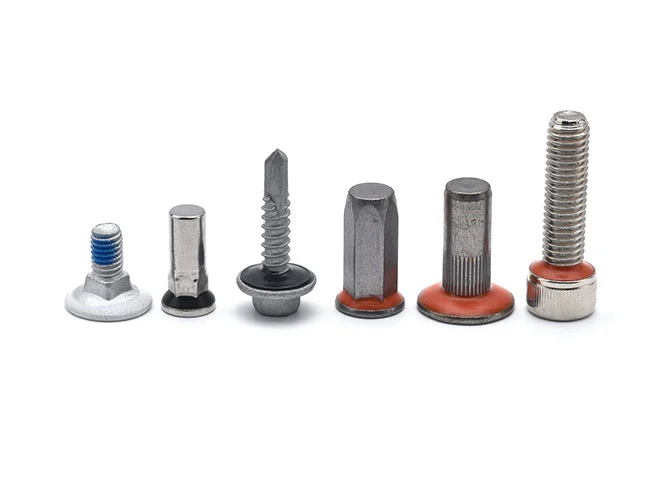 Waterproof and Anti-Drop Screws
Waterproof and Anti-Drop Screws
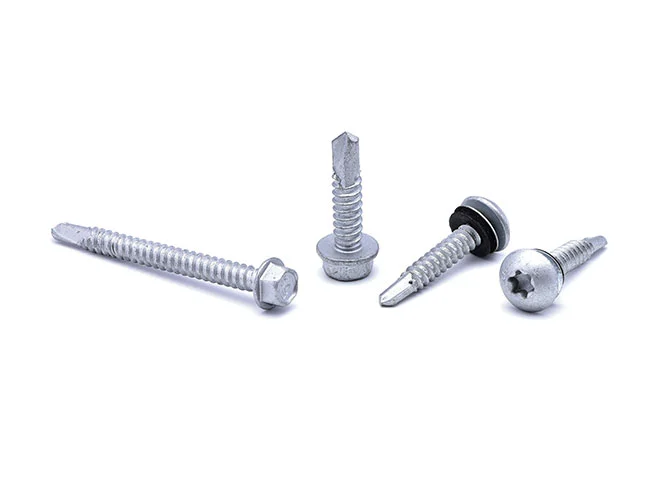 Super Corrosion-Resistant Screws
Super Corrosion-Resistant Screws
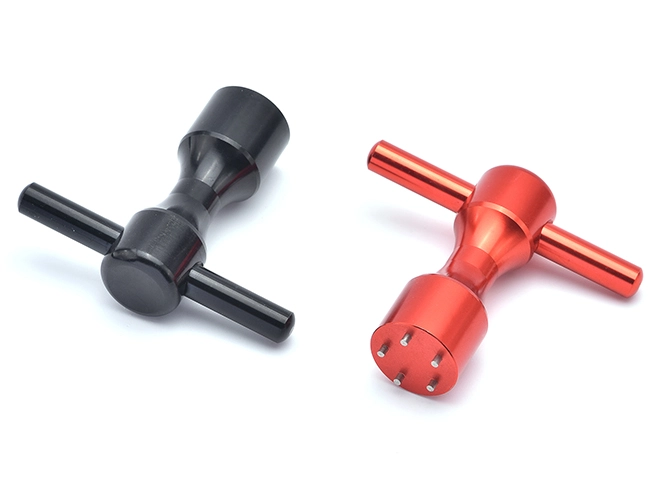 New Type Switchgear
New Type Switchgear
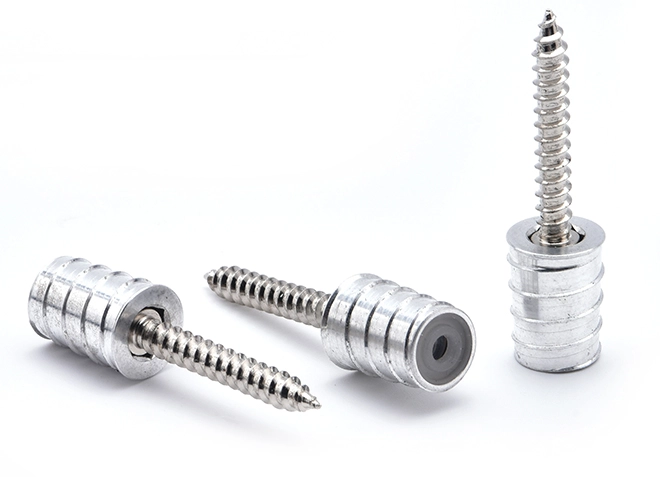 Anti-loose Easy Disassembly Nut Pillar (New Furniture Connector)
Anti-loose Easy Disassembly Nut Pillar (New Furniture Connector)
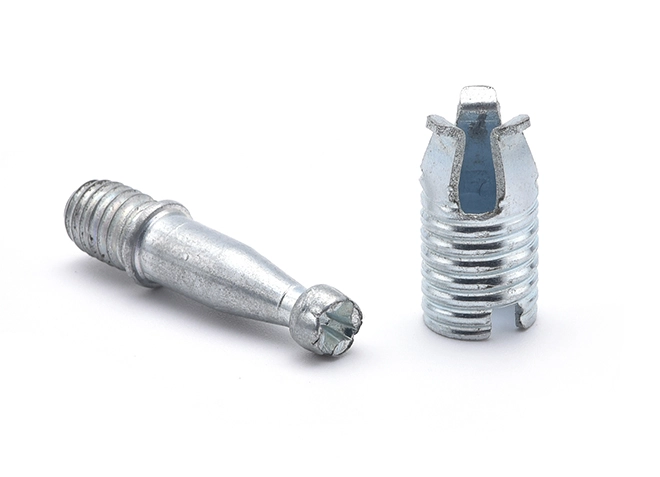 Furniture Simple Assembly and Disassembly Connector
Furniture Simple Assembly and Disassembly Connector
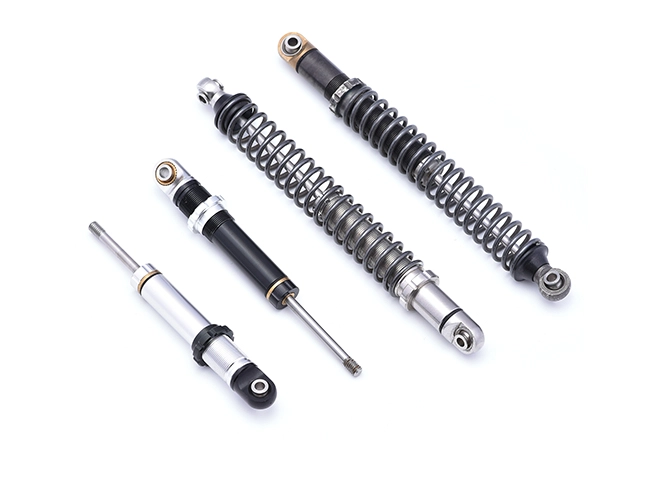 Micro Vibration Absorber
Micro Vibration Absorber
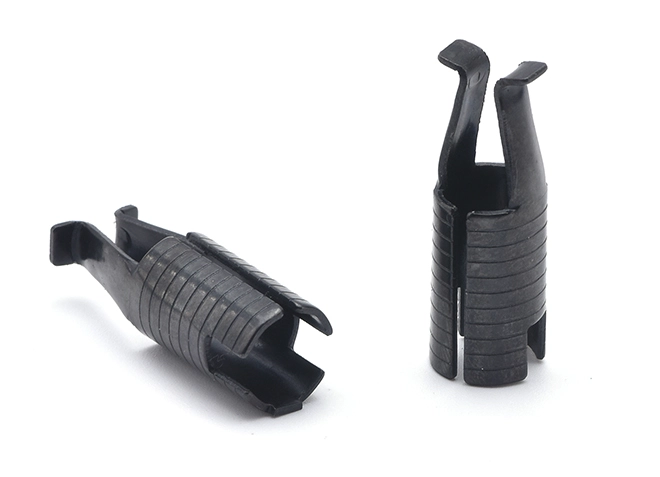 65Mn Material Furniture Connector
65Mn Material Furniture Connector
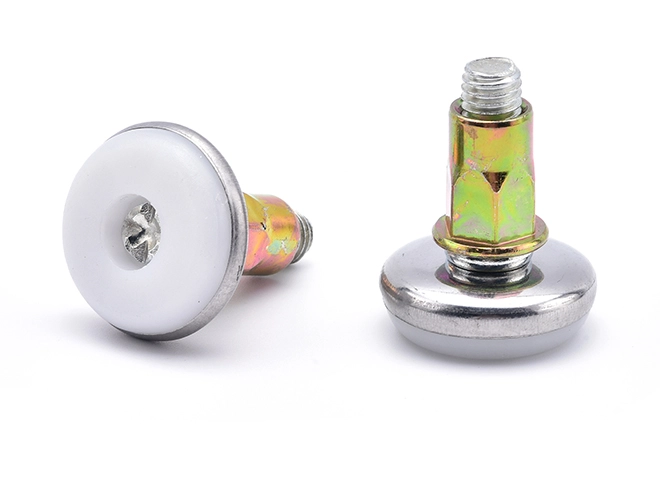 Counter Table Base
Counter Table Base
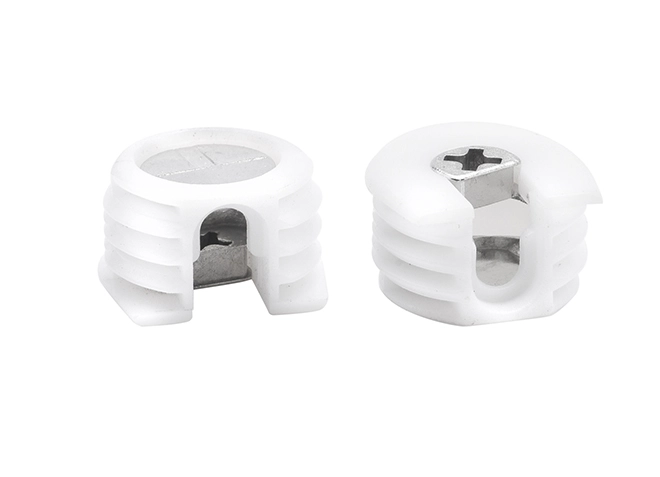 Furniture Connector Nut with Plastic Sleeve
Furniture Connector Nut with Plastic Sleeve
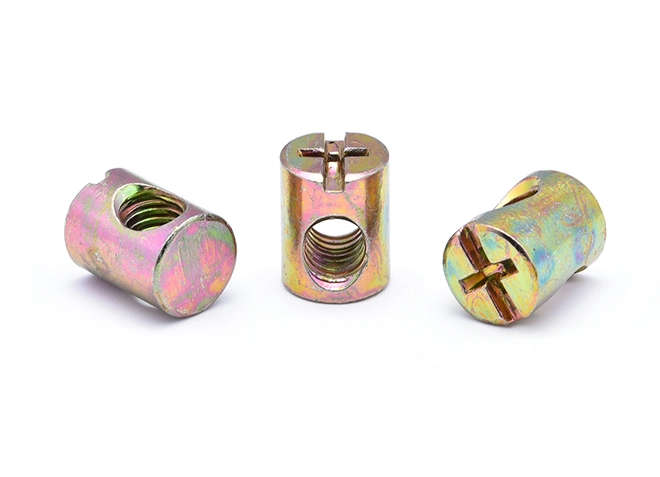 Furniture Horizontal Hole Nut
Furniture Horizontal Hole Nut
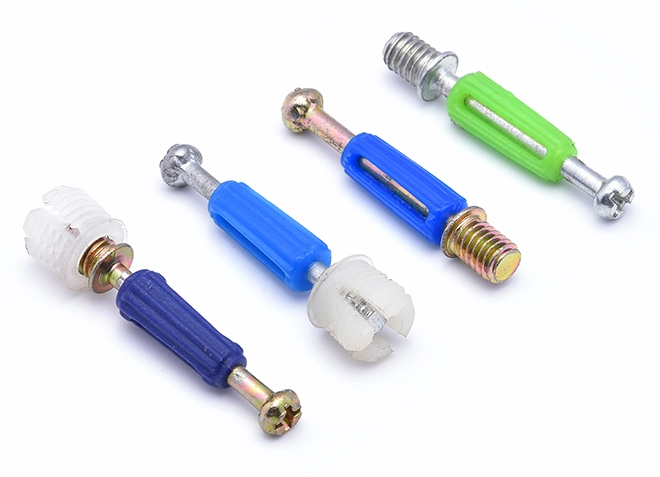 Furniture Connecting Screw
Furniture Connecting Screw
 Furniture Connecting Nut Seat
Furniture Connecting Nut Seat
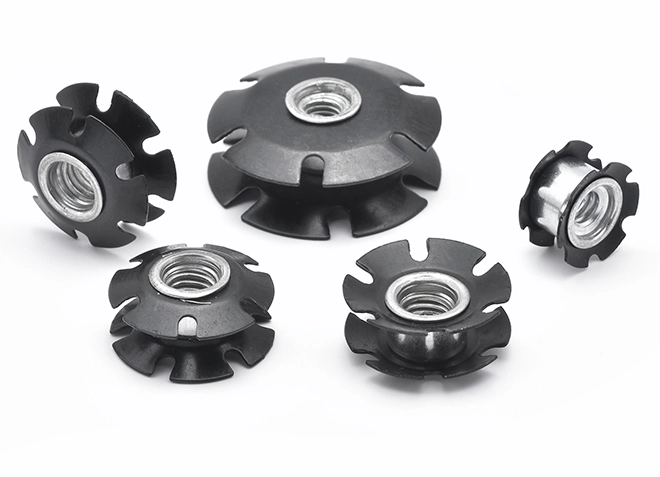 Double Stack Wheels Used On Furniture
Double Stack Wheels Used On Furniture
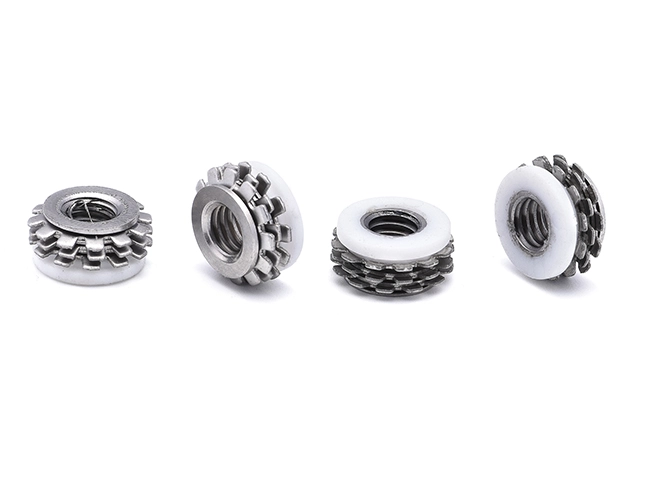 Components Used On Furniture
Components Used On Furniture
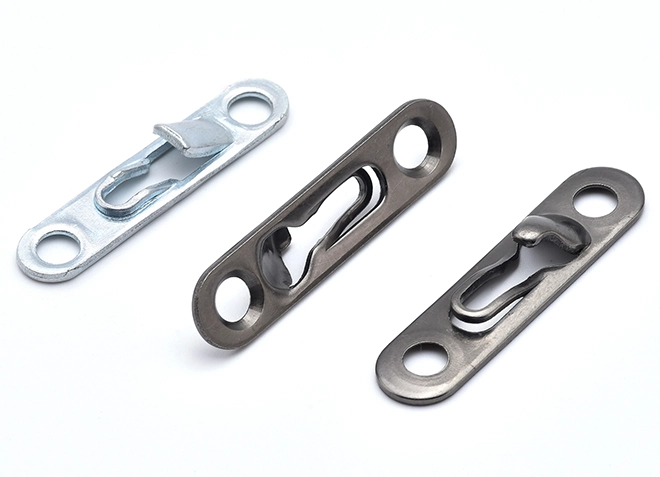 Connection Buckle
Connection Buckle
 Internal Hexagonal Spiral Screw
Internal Hexagonal Spiral Screw
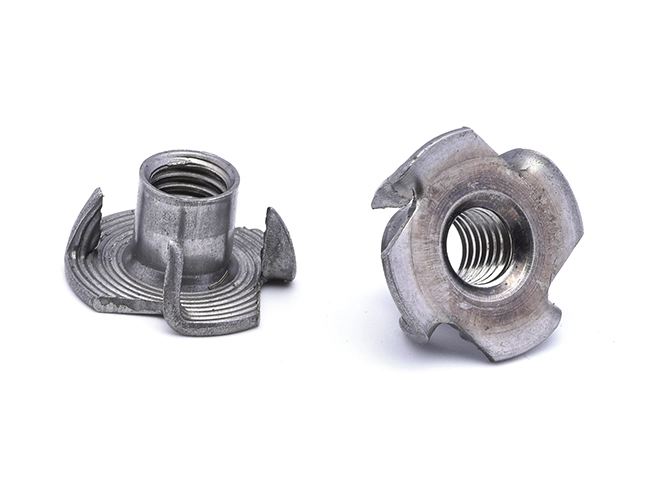 Iron Colored Carbon Steel Four Claw Nut
Iron Colored Carbon Steel Four Claw Nut
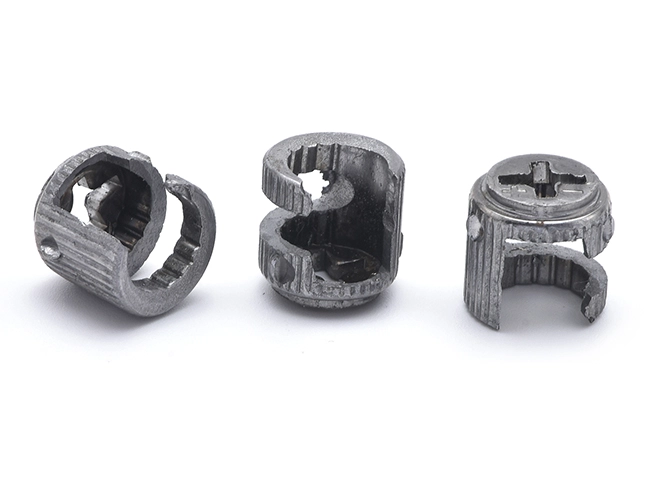 Iron Furniture Three Combination Nut Seat
Iron Furniture Three Combination Nut Seat
 Iron and Zinc Alloy Furniture Three Combination Nut Seat
Iron and Zinc Alloy Furniture Three Combination Nut Seat
 Dowel Pin+ Gray Elephant Rubber Sleeve
Dowel Pin+ Gray Elephant Rubber Sleeve
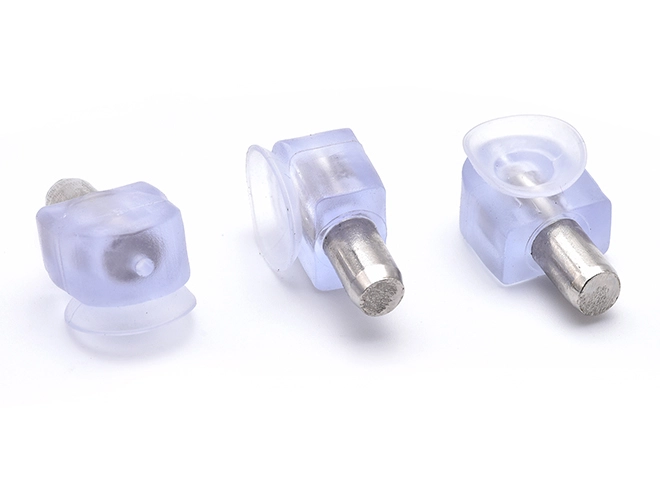 Dowel Pin+ Transparent Elephant Rubber Sleeve
Dowel Pin+ Transparent Elephant Rubber Sleeve
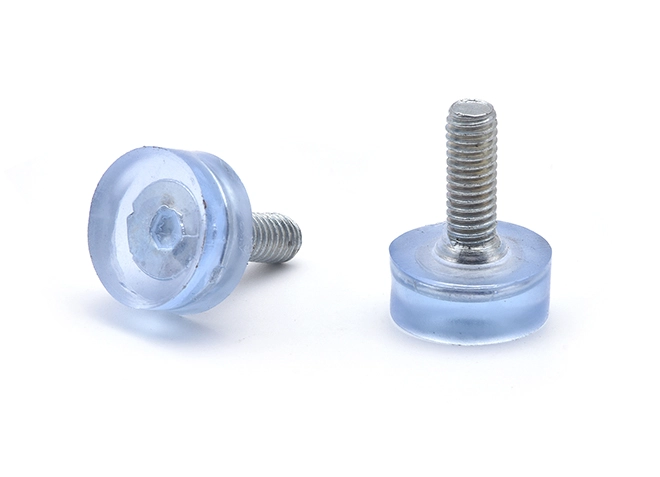 Injection Molded Furniture Foot Pad Screw
Injection Molded Furniture Foot Pad Screw
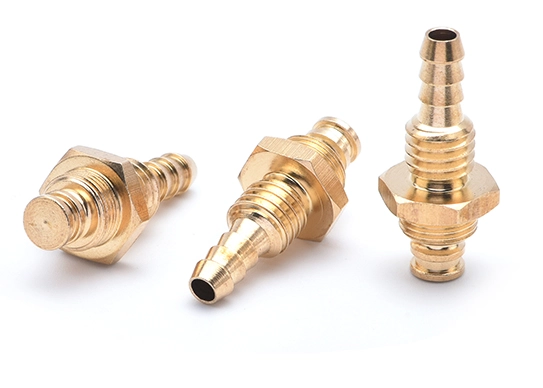


Creating a precision hexagonal joint involves detailed CAD design and material selection, typically high-strength alloys or stainless steel. Precision machining techniques, such as CNC milling, are used to achieve tight tolerances and smooth surfaces. Thorough quality control, including dimensional inspections and surface finish checks, ensures accuracy and durability. This process results in a high-precision component suitable for applications requiring exact alignment and robust mechanical performance.
Component Preparation: Ensure that all copper components are accurately machined and cleaned before assembly. Precision in machining is crucial for a proper fit and to avoid issues during integration. Components should be free of debris, oxidation, or any imperfections that could affect performance.
Alignment and Assembly: Align the copper hexagonal joints precisely. Use alignment tools or jigs to ensure that all parts fit together correctly. The hexagonal shape facilitates secure gripping and reduces the likelihood of slippage during assembly. Carefully thread or insert components to avoid cross-threading or misalignment.
Integration with Other Systems: When integrating the copper joint assembly into a larger system, ensure compatibility with adjoining components. Proper integration involves verifying that the joint fits well with other elements, such as pipes, circuits, or mechanical parts. Check for correct dimensions and tolerances to ensure seamless integration.
Securing the Assembly: Depending on the application, secure the hexagonal joint using appropriate methods. This may include tightening with a hexagonal wrench, applying sealants, or using locking mechanisms. Properly securing the assembly is critical to prevent leaks, movement, or failure under operational stresses.
Testing and Quality Control: After assembly and integration, conduct thorough testing to verify the functionality and integrity of the joint. Perform pressure tests, electrical tests, or functional checks based on the application requirements. Inspect the assembly for any signs of defects or issues that could impact performance.
Maintenance and Inspection: Regularly inspect and maintain the copper hexagonal joint assemblies to ensure continued performance. Periodic checks help identify any wear or damage early, allowing for timely maintenance or replacement to avoid operational failures.
arron18129983931@gmail.com
arron18129983931@gmail.com
arron18129983931@gmail.com


